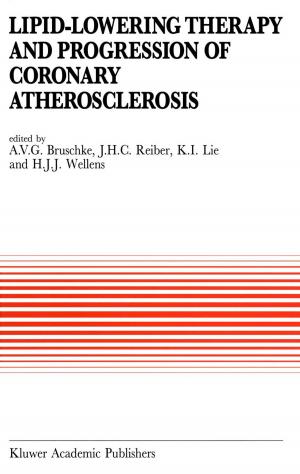The Ecology of Temporary Waters
Nonfiction, Science & Nature, Science, Biological Sciences, Ecology, Reference & Language, Education & Teaching| Author: | ISBN: | 9789401160841 | |
| Publisher: | Springer Netherlands | Publication: | December 6, 2012 |
| Imprint: | Springer | Language: | English |
| Author: | |
| ISBN: | 9789401160841 |
| Publisher: | Springer Netherlands |
| Publication: | December 6, 2012 |
| Imprint: | Springer |
| Language: | English |
The primary role of this book is to introduce the reader to, and hopefully stimulate interest in, the ecology of temporary aquatic habi tats. The book assumes that the reader will have, already, some gen eral knowledge of ecology but this is not essential. Temporary waters exhibit amplitudes in both physical and chemical parameters which are much greater than those found in most waterbodies. The organisms that live in these types of habitats have, therefore, to be very well adapted to these conditions if they are to survive. Survival depends largely on exceptional physiological tolerance or effective immigration and emigration abilities. Examples of such adaptations are given throughout the book and it is hoped that these will aid the reader in gaining an insight into the structure and function of plant and animal communities of these unusual habi tats. The final chapter suggests field and laboratory projects that should be useful to students in school and university studies.
The primary role of this book is to introduce the reader to, and hopefully stimulate interest in, the ecology of temporary aquatic habi tats. The book assumes that the reader will have, already, some gen eral knowledge of ecology but this is not essential. Temporary waters exhibit amplitudes in both physical and chemical parameters which are much greater than those found in most waterbodies. The organisms that live in these types of habitats have, therefore, to be very well adapted to these conditions if they are to survive. Survival depends largely on exceptional physiological tolerance or effective immigration and emigration abilities. Examples of such adaptations are given throughout the book and it is hoped that these will aid the reader in gaining an insight into the structure and function of plant and animal communities of these unusual habi tats. The final chapter suggests field and laboratory projects that should be useful to students in school and university studies.















